Colorado Artists Answer Questions Posed at Black Cube’s Monthly Artist Brunch

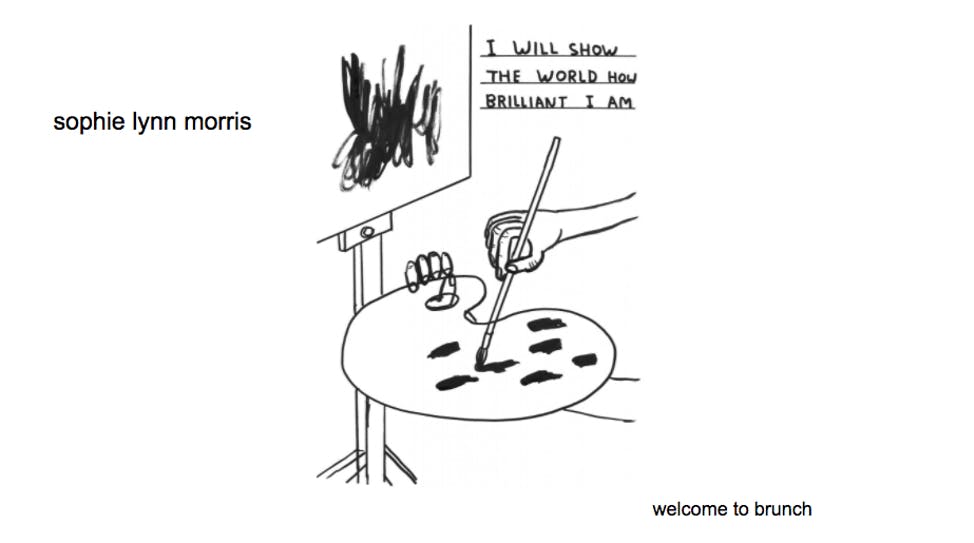

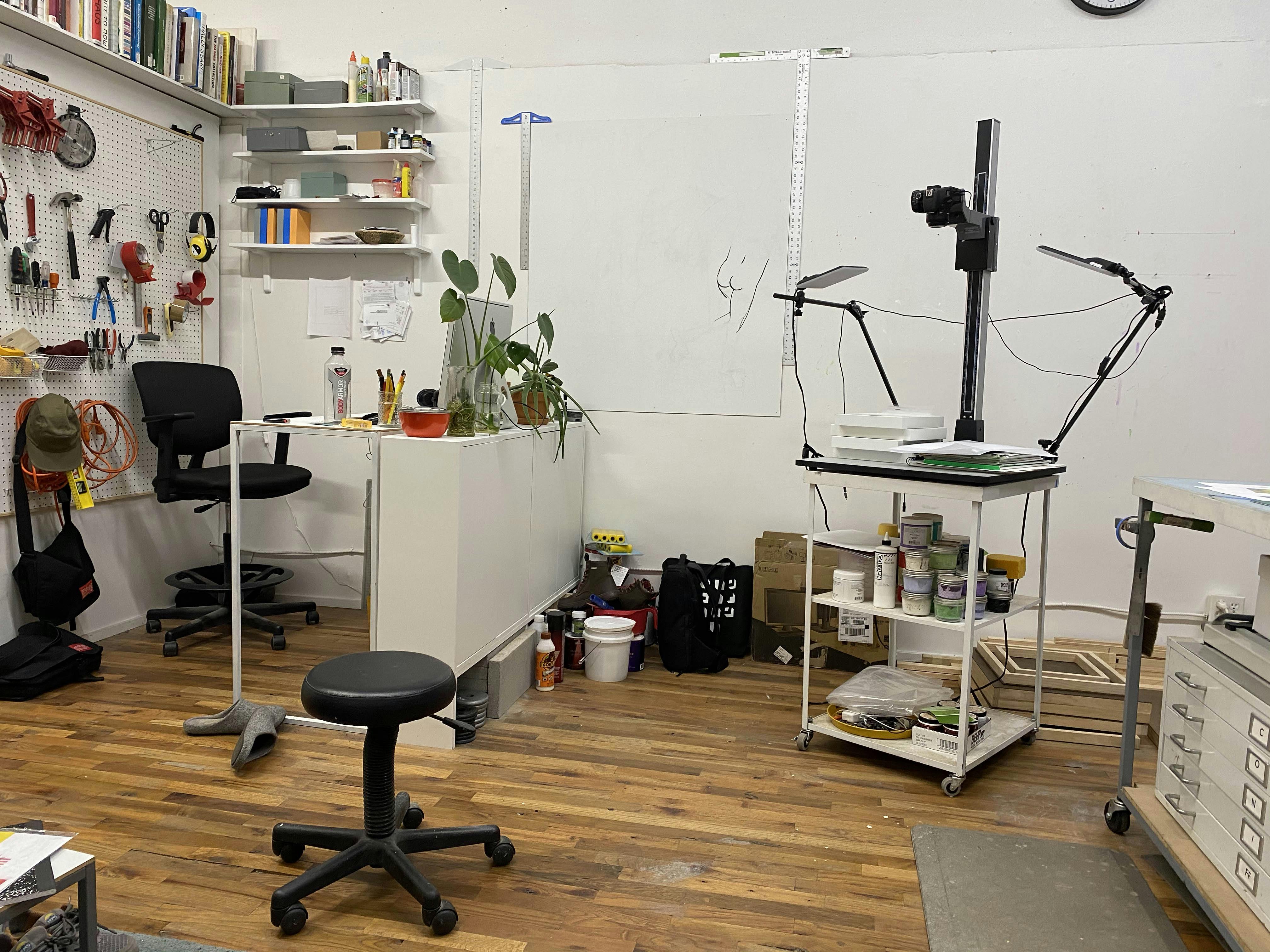
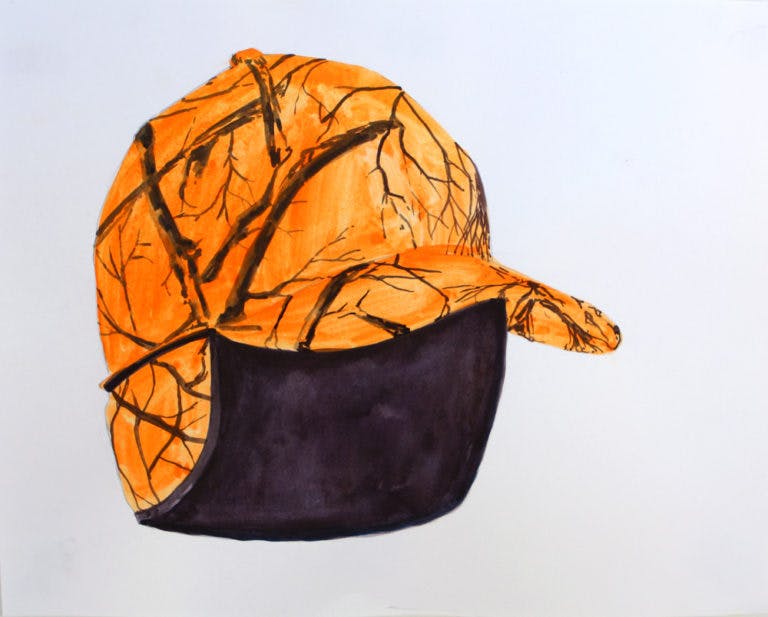
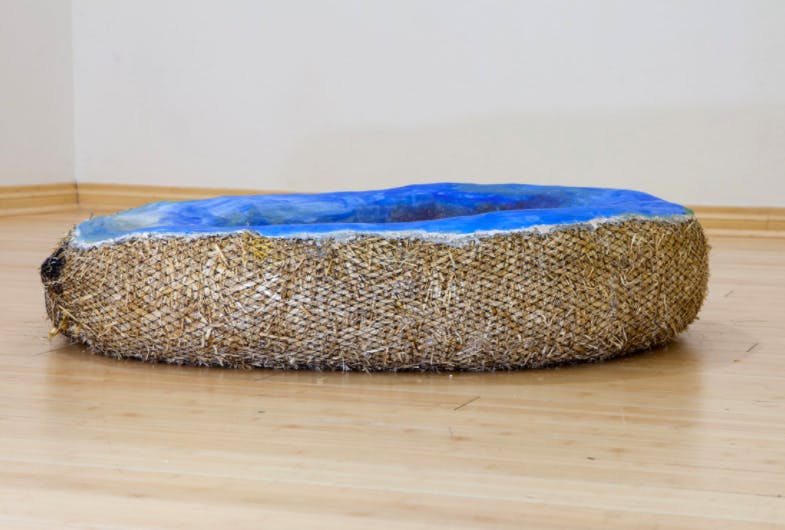

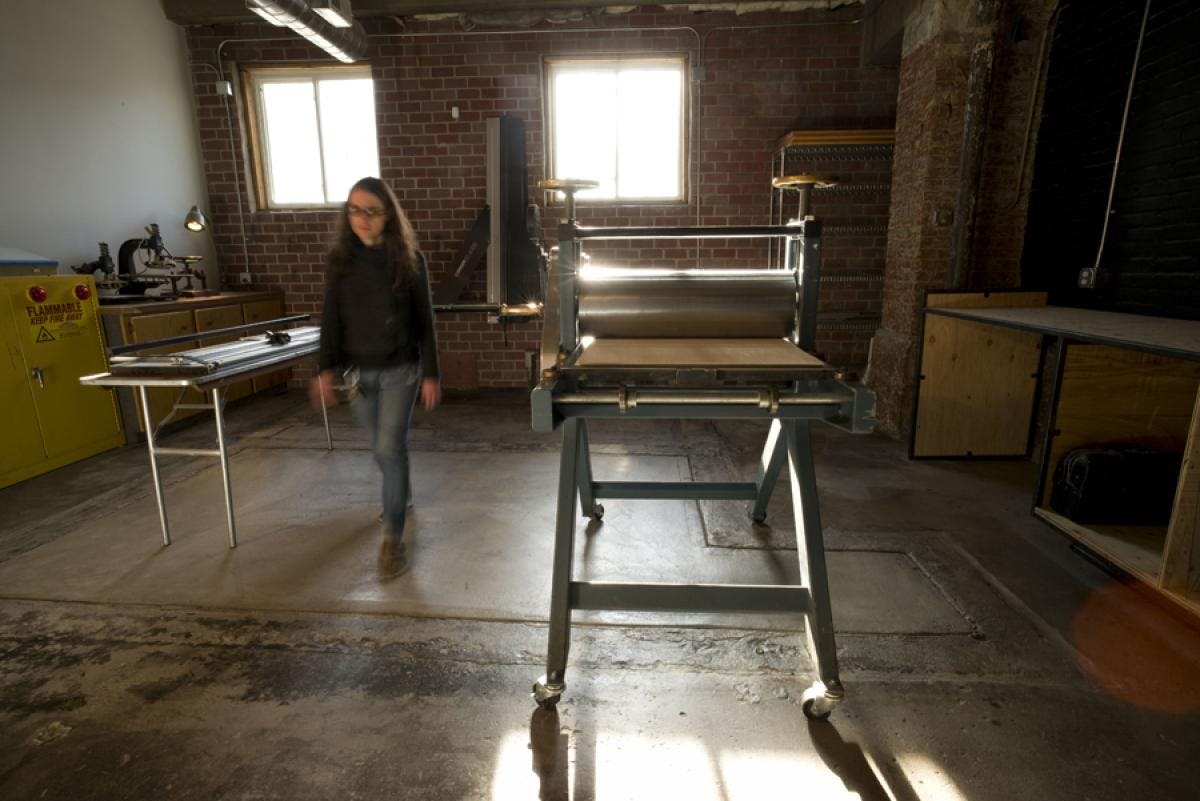
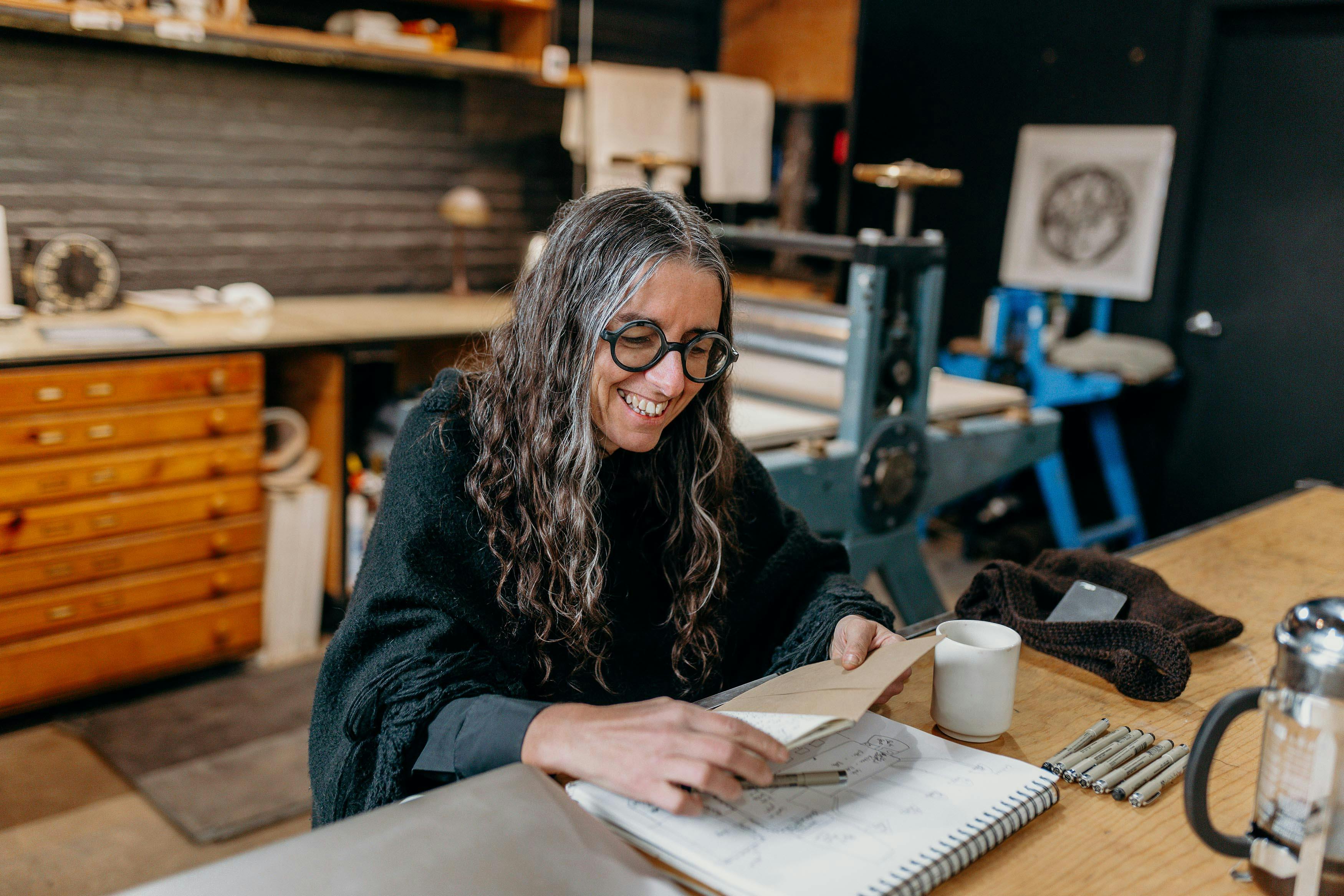

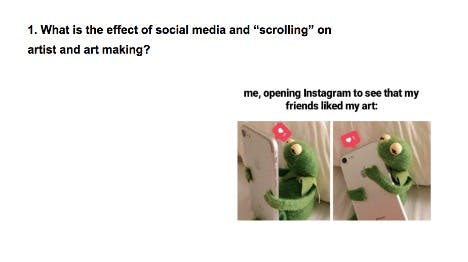
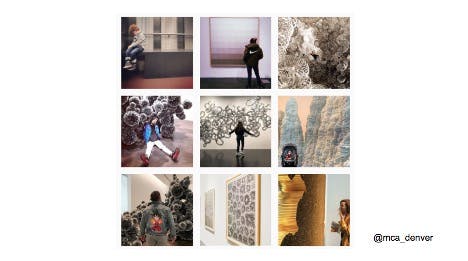

Black Cube’s brunches for Denver-based artists focus on fostering artist generated conversation. The program was paused due to the pandemic, so we circled back with many of the featured artists to get their responses to the questions they had posed at previous brunches.
Colorado Artists Answer Questions Posed at Black Cube’s Monthly Artist Brunch
Since early 2019, Black Cube has hosted monthly potluck brunches for artists at our HQ outside of Denver, CO. The idea was simple – to offer a space for our local artists to gather for a meal and to raise questions or topics that are important to them. Each brunch features a different artist, who in turn poses a few questions to the group and selects the main brunch ingredient for us to serve.
In light of the current pandemic and the requisite cancellation of the physical brunch (they will continue virtually), we thought it would be an apt moment to reflect on the topics past artists have raised. And, for each artist to respond to one of their questions under the lens of our current socially isolated reality.
Below are the questions from artists who’ve participated in our TWYMF brunch: Joseph Coniff, Jessica Langley, Viviane Le Courtois, and Sophie Lynn Morris.
Joseph Coniff
Black Cube: During our TWYMF program, you posed the following questions to artists who attended the brunch. Why did you pose these questions to the group?
1. Who do you make work for?
Joseph Coniff: I find the time I spend making things to be important for both my mental and physical wellbeing. With that said, I rarely think about who I'm making work for. If I feel out of whack, there's a good chance I haven't spent enough time in my studio. I posed this question at the brunch to see if others have the same relationship to making art and to learn more about what motivates people.
2. Is art a productive way to present ideas?
JC: It can be. Social practice being a good example. I think this really depends on the objective of the work (why it's being made) and how it's executed. I was curious to hear what people's thoughts were about the importance of the "idea" within art. And what people's opinions were about what an idea is, as it relates to art. Does art need to (or should it) present ideas? My art school education suggests that it certainly should. And I believed in that for a while. Now I have more of a centric view on the importance of ideas within art. My concern with an overarching concept or structure as to what art should be is that this type of thinking creates and defines parameters. Defined parameters are limiting and constrictive, two things I believe shouldn't be associated with any creative endeavor. I enjoy the thought of something being initially created without a defined meaning. I probably like this because I tend to overthink, and I believe my work suffers from that. I make far less than I should simply because I often can't place what I want to do within a context I'm happy with at that immediate point and time.
3. Funding options/ideas for artist run spaces?
JC: I like the idea of the community coming together to help keep artist-run spaces operating. Possibly through the donation of work for benefit auctions or other fundraising efforts. Keeping operating costs low for these spaces provides a freedom to show work from younger or less established artists or work that doesn't have a commercial or monetary aspect to it. For me, as a viewer, these are the types of shows I'm interested in seeing. Without these spaces, art communities and the overall culture surrounding art will suffer tremendously. We all need to do what we can to ensure these types of spaces can continue to operate and provide us with an alternative to the commercial and institutional art-viewing situation. My hope with this question was to start a larger conversation about how we together as artists can support and help artist-run spaces continue to sustain and grow.
BC: In light of the radical changes we are all experiencing because of COVID-19, how do you think art audiences have changed under social distancing? Will these changes in audiences impact the kind of work you make (both short-term and long-term)?
JC: This pandemic obviously will and has affected art audiences and institutions. We’ll see in time what everything looks like on the other side. This is a hard question for me to answer simply because I have nothing to compare this present situation to. One positive is that we have the internet. Imagine a pandemic before the internet. I can’t see my work changing too drastically, aside from the time I’ve had to concentrate on making and developing work. This “Stay Home” and social distancing lifestyle has been productive for me; I’m enjoying the isolation.
Jessica Langley
BC: During our TWYMF program, you posed the following questions to artists who attended the brunch. Why did you pose these questions to the group?
Jessica Langley: This topic is something I consider in my work and in my life. It is the underlying threat to our existence, and yet also a great reminder of how truly powerless we are as individuals. I wanted to highlight the feelings of hopelessness and powerlessness, while also questioning the art world’s role in the solution. There are answers out there, but it isn’t something we can solve over brunch. However, I wanted to tie in comfort food (biscuits and gravy), but vegan, which is an ethical choice that many would argue has a positive effect on the environment. So, while on the one hand, I, alone, cannot change anything, I do acknowledge that collective action is needed on a broad scale. I accept that dichotomies exist within the questions I posed. While I feel dread, my hope springs eternal. What can I say?
1. Existential Crisis, Climate Change . . . how is everyone feeling?
JL: I think I wanted to connect with people on a more emotional level about this issue because I think that just feeling connected to people helps. In an intimate setting I wanted to foster a sense of oneness. It doesn’t solve any problems, but it helps to know that other people feel the same fear.
2. Climate Change & Climate Justice and the present day art world - Is any part of the art world engaged?
JL: While I think there is some movement in the artworld to become more intersectional, I also think most of the artworld is driven by capitalism, which is doing nothing for Climate Justice. Does the artworld give a voice to marginalized people? Is that enough? Can it do more?
Amidst this global pandemic, we are seeing that system breaking down when laborers everywhere are no longer able to do their work. People will hopefully realize that endless consumption, the speed of travel, corporate greed, and policies that continually exploit resources in poorer countries are no longer options.
3. What can artists/cultural producers do collectively to change culture?
JL: The hopeful side of me wants to believe that there are solutions, and I wondered if anyone else present was aware of programs, ideas, practices so that perhaps we can spread those ideas. I had also hoped that perhaps we could brainstorm ideas to either raise awareness, raise money, or … I don’t know! What can we do?!
BC: COVID-19 has had unintended impacts, particularly with regards to the environment. We have witnessed the mass shuttering of businesses, fewer drivers on the roads, and less global travel. It is still early, but we’ve already seen significant drops in air pollution and carbon monoxide emissions. In light of the radical changes we are all experiencing because of the outbreak, do you feel that this has the potential to influence the climate change conversation?
JL: Sadly, I have also seen fake news appear of claims that dolphins are swimming in Venice and other hopeful things, which is so frustrating and only fuels people’s confusion and distrust. I fear that desperation will overrule any progressive thinking in this situation. I am not confident that many voters are aware of the situation globally and really only think about their immediate needs. I think it depends on what people will consider valuable after all of this. How long will people be fighting for sick leave or fighting eviction? When most people in some of the richest countries in the world can’t afford to eat, perhaps only then will people start to question the system that is in place. But, I think there is always potential!
Viviane Le Courtois
BC: During our TWYMF program, you posed the following questions to artists who attended the brunch. Why did you pose these questions to the group?
Viviane Le Courtois: I asked those questions because we were in the midst of finalizing a decision to move Processus and transform to a private studio/ business rather than a shared space. I was going through big changes in the way I wanted to work, focusing on my work, rather than accommodating others. I was looking for community thoughts about how we work, how we will work, how we could share more useful ideas… but now everything is transforming suddenly, and we all have to change the way we make art, exhibit, travel, eat meals, gather and teach. Collective versus individual has always been a debate in art making and in my work. Shared spaces are best to get connected; individual spaces are best to refocus on what’s next. The increasing costs of having a space forces us to work individually in smaller spaces or to may be move to more remote locations. I am always debating on where I should be and how I should work next. Change is good, routine can get stuck in a perpetual cycle.
1. Do you think the future of the artist studio is collective or individual? In which condition do you prefer to work/ get the most ideas?
VLC: This time of social distancing is going to change how people view others and how people interact in shared spaces, gallery openings and teaching environments for years to come. I think that there will be a decline in shared space, as more people make spaces to work from home, and work remotely when needed. We are all learning how to communicate and think differently. How to adjust our work to be more independent… More things will be going online, at least until a cure or vaccine is found. Many artists may retreat to their own studio or house to work to avoid being with other people and because of economic reasons. At this time, my opinion is changing daily as I am reconsidering my future social and interactive art practice, my future teaching, curatorial endeavors and studio situation. I believe, individual studios will still exist for the upper class or those lucky to own a space. We created a shared studio to be able to afford a larger space, now that that idea is not possible anymore, we have to return to a home space and make a built a suitable space to continue to support others but without the close human interaction. Around the same time as the COVID-19 arrived in America, we knew that our studio would not last too much longer due to the increase in city taxes and rent in January. In February we made the wise decision to move out of our space in June, and to redesign Processus into a private art business and studio rather than a shared workspace at least for now. Art and life will blend even more. Now that we have seen everyone’s background and office on Zoom and social media, we can share everything remotely. The ideas will evolve to match our needs and times and new things will happen.
Some days, I just want to be by myself away from any communication devices. I have been home for nearly 2 weeks, and I have been on the phone, in Zoom meetings, answering emails, posting on social media, teaching online and I had no time for art or for writing about art! Working with people is always more productive, face to face communication is always easier, especially when teaching. I will definitely be more aware of other people’s distance and habits, whether in a shared space, at an art opening or while teaching art. I spent my time with people in everything I do, but at this point I am reconsidering how much time I want to be with people in the future, and how I want to travel. Artists will want to get back together after this, but it might take a while. Some will be paranoid about sharing spaces, others won’t care. Having managed a shared space for 5 years, it is coming to an end, and we will figure out what comes next, how can we make work for people who do not have the equipment or offer short term residencies to one person at a time. Artists will have to lock themselves in their individual studio, log onto Zoom meetings for studio visits, and need to have everything online to be seen. But we have to set time aside for art, for cooking, gardening and relaxing. It is so easy to become tangled in technology. I will find the balance again and a more private space to create.
2. What are things you have ideas for but you have not finished them because you don’t have the right tools or space?
VLC: Studio space, storage and traveling breakable artwork is always an issue. Being tied to physical jobs and health insurance is the main barrier. I want to keep exploring new materials and ways of working. I want the time to create, I want to find a simpler way of living and creating art. Over the last few years, I have acquired the equipment I need to keep creating in one space. Now, I need to redesign the way I work to fit my living space and personal studio, create routines. I now have equipment to work, I just need the time for new ideas to germinate in a completely changed environment for social forms of art. Some ideas might not be possible for a while. I really want to archive and go through what I have done over the last 30 years and start over into new directions, may be now is the time for freedom and introspection, behavioral studies and microbiology?
3. How do we create the right environment for ideas to spread?
VLC: Many ideas are spreading online right now, especially on social media, as the virus spreads around the world. More art than ever from museums and galleries is available online, more art instruction is being shared, more people are collaborating to help each other find resources to teach or to help the community. But, we are bombarded daily by information and news that it is hard to find the time to think about our own needs. If Mycelium, viruses and good bacteria or antibodies were spreading at the same rate, it might not be an issue. There is currently an imbalance between what information comes in each of us and what can get out creatively. The right environment will have a balance between hands on creative work and technology, between in person interactions and online presence, between life and art.
I think creating an online platform for ideas and resources for global artists would be great, but we still need in person sharing and connections. Since there is no central effort to support artists in the U.S., it is a full-time job for artists to find the resources and apply to funding or look for the right opportunities. We need a community of people, curators, writers and philanthropists… to make this happen, we need less competition, we need to stop asking artists to work for nothing or to make work to fit someone else’s idea. As we are forced to use more technology, maybe it will speed up the process and the need to be connected, the need to help each other research new ways to create and live. We still need to sit and eat together, make work together and have in person discussions and random encounters with new people. We still need to touch and be immersed in spaces and see art in person. It is hard to imagine the world as it was just a month ago!
Sophie Lynn Morris
BC: During our TWYMF program, you posed the following questions to artists who attended the brunch. Why did you pose these questions to the group?
Sophie Lynn Morris: I recorded a version of my Black Cube TWYMF talk that can be found on my Instagram stories highlights here. Below is an (*edited) transcript of that talk.
1. What is the effect of social media and “scrolling” on artists and art making?
SLM: So my first question for the chat was “what is the effect of social media and scrolling (so that would be the Instagram scroll) on artist and art making”. I think a lot about how Instagram and posting your art affects the public's understanding of art, and there's this very close relationship between artists and the general public. And when I think about this topic, I always think about the Museum of Contemporary Art and their Instagram feed which is very... special.
Now, there is nothing wrong with a good selfie, but I personally don't appreciate the way that artists continually want to distance themselves from the Kardashians and yet the Museum of Contemporary Art’s Instagram feed is essentially Kim Kardashian’s selfie book, and not much different. And of course what I mean by that is that their feed is about 75% selfies with the art and most of the captions are geared towards teens, (they have a big teen program at the Museum), which is great but then I think a little bit about accessibility and just what what the public's perception of art is going to be because of those captions and images... I don't know if it's for better or for worse… once again, that's why it’s a chat, not a lecture.
2. How do we encourage each other to be honest in such a small arts scene?
SLM: The second question I posed to the group is “how do we encourage each other to be honest in such a small art scene”. This is my way of talking about critical dialogue in Denver and the types of conversations that we’re having about art. That could be art critic to an artist, artist to artist, artist to critique, or even speaking out about institutional or social problems that we face in the art world, and I find a lot of the time people are scared to be honest about how they feel because they fear the repercussions of: seeing a person at an opening, having an art critic not write about them, etc. So, in order to illustrate this point, next slide.
What I just posted was a screenshot of a Facebook post that stirred the pot in Denver, the pot that needed to be stirred, that was practically boiling over, and it's the pot of Ray Rinaldi articles that are on everyone's CVs in this entire town, especially mine, I would know, my entire bibliography is basically Ray Rinaldi articles. Don Fodness called out Ray Rinaldi because he wrote an article about a show at the Arvada Center that had three jurors. However, Ray Rinaldi only mentioned one. Was it an accident? Was it on purpose? The question becomes a little more interesting when you learn that the curator, he mentioned is a man and the two curators that he didn't mention are women. The point of mentioning this isn't that I'm trying to figure out which art critics in Denver are sexist and which aren't, the point is that Don Fodness, by posting this, and speaking out about something that was important to him, and a lot of other artists in the community, judging by the 150 likes on his post, that probably he will not be written about by that art critic... forever? For the rest of the year? And we have to understand that... that's just... happening.
So the slide I just posted is all the people I think of when I think of art critics in Denver. You have Michael Paglia, Ray Rinaldi, Kealey Boyd, who just followed me on Instagram, shoutout Kealey Boyd, she writes Hyperallergic articles that are really great sometimes, hope she would write more, Susan Froyd, on her page on Westword or on her Facebook it says “ not a critic, just a fan”, so I don't even know if I should be including her, I put a little pic of Torin Jensen, and I screenshotted my friend Michael Bibos’ blog, which I actually think is the best art writing that I've seen in a long time, Denver or otherwise. The important part about this isn't really to say anything besides “look at who we’re working with here people”, we have a group of approximately 7 people and… What do they have in common? What kind of work are they looking at? What are they talking about? Do we care? Is it good? I don't know.
3. What do we want the Denver art world to be, and how can we make it like that?
SLM: The next two questions that I wrote are: “What makes being an artist in Denver special and what makes it horrible?” And “ what do we want the Denver Art world to be, and how do we make it like that?” And the only way that I could think of that was appropriate to talk about these (video cuts off but I’m supposed to say “ questions is the Bingo meme”).
The Bingo meme is where you take a section of the population that you want to make fun of, like “girls on Tinder”, “ students”, or, in this case, “obnoxious vegans”, and every square is filled in with a cliche about that population that you want to make fun of. As you could imagine, being an artist in Denver Colorado is a naturally hilarious occurrence.
Feel free to read the bingo card, fill it out for yourself, and see just how much you deserve to be made fun of. I personally filled out the bingo card as well and I got a double bingo.
At this point, you're probably wondering if there's prizes for getting a bingo. The answer is simple. Johnny Defeo put it best. The best prize of all is “congrats, no one cares about your work, and you’re poor for the rest of your life”, which might be true in most cities in the United States for artists.
4. How can we address the studio space “crisis” in Denver?
SLM: My final question is how we can address the studio space “crisis” in Denver. I wrote crisis in quotation marks because artists are not a protected class and we aren't experiencing a crisis for space in the same way that, say, the homeless are experiencing a crisis for space in Denver. However, maybe someone cares about this issue, and maybe it should be fixed.
The important part about studio space is to remember that there's no HR department for the art world. This is an internal problem, and as creative people I think we need to creatively solve this and do it ourselves. I have a pretty random idea, if you have another idea of how we can band together and find studio space, maybe you found a commercial space that's got really cheap square footage, maybe you have an old landlord who's not all there and rents for really cheap because they don't know any better, all great options for artists. so, without further ado, this is my idea for studio space.
I grew up a few blocks away from East High School and have always been enamored with this strange room under the Clock Tower with 360-degree windows on all sides. And I asked my sister, who went to East High School, what was inside of this room, and the answer is… absolutely nothing. It's a gigantic empty room. My point in sharing this is that Denver is not New York and it's not Los Angeles, because space does exist here. It exists in public schools, it exists in the thousands of churches all over our city, and it exists in government buildings most likely. And my idea Is that we should fill all of those spaces with artist-in-residence, and all it would take is a little bit of coordination. I've spoken with a couple of principles at different high schools about my idea, and there's two ways that it could possibly work. One is the barter system. In exchange for a space to make their work for an extended period of time, hopefully a year, the artist would serve as a resource to the school. This could look like almost anything. An artist could provide portfolio reviews to seniors who are applying to Art School, start teacher at the high school probably doesn't have time to provide I want attention, being overworked and underpaid. After school programs would be an amazing option. Artist could perhaps collaborate with arts classes if there wasn't an issue or provide internships to students. What do the students want? It could be absolutely anything.
The other way that this could possibly work is by making a donation to the school's art department. I personally would much rather give the art department of a school $1,200 in exchange for a space then give it to a developer that doesn't really give a shit about me or my little art practice. In that example, I just got a studio space that cost $100 a month, which I think is pretty affordable, and that high school just got $1,200 to their probably already non-existent art budget. it could go really far for that school and make a direct impact in our community. Unfortunately, I haven't gotten very far on this because principals are extremely busy, and have a lot to do, and may not have time to indulge my personal fantasies of having an art practice inside of the clock tower of their school.
BC: In light of the radical changes we are all experiencing because of COVID-19, the closing of art spaces has created an immense pull for art organizations to turn to online methods of gathering. How do you think this is going to impact artists and art making (both short-term and long-term)?
SLM: I noticed that too. Lots of these “online galleries” are popping up, which is funny because that’s how most people viewed art before coronavirus too, on Instagram. There’s basically no difference between this and how it was before besides that people are going through the trouble to make these online gallery websites and 3d models you can “walk” through with paintings hanging on digital walls. We should have been doing some of these things the whole time, because we can, and it will (hopefully) increase everyone’s audiences to be more global. It does feel very “I’m living in a simulation” though. Some things just can’t be viewed online. We already knew this but it’s really obvious when you’re looking at an inch thumbnail in someone’s online digital gallery of an extremely detailed oil painting. Maybe it doesn’t matter, maybe you can get the gist of things just fine online. No one pays attention at openings, anyways right? So they might as well be looking at a thumbnail? Cause everyone is too concerned with socializing and partying at openings. Cortney Stell herself wanted to do a series of parties that weren’t openings, just parties, if I had that right. I really hope she does that after social distancing is over because I’m sure we could all really use a party.
In the short term, there’s a possibility that some artists will do really well with the extra time on their hands. Time is the resource artists need the most but have the hardest time getting because, you know, money exists. I saw a hashtag the other day called #coronavirusartistresidency or something like that. If you lose your job, you might as well make the most of it and spend extra time on your hobbies or passions, right? Maybe this is what we have always wanted!!! Might also be a good time for people to hide behind their internet personas and leave some snarky comments on photos of people’s art on Instagram that they hate, too.
In the long term, I’m curious to see what type of work people make this year. I’m already tired of Mona Lisas with face masks, and I haven’t even seen one yet. I’d like to see how artists interpret this time and weird energy, and not just see them paint some Clorox wipes. Could be a good time to ponder the void and all your existential dread, get out those lonely feelings and make some really depressing shit. Kind of reminds me of that scene in “Me and You and Everyone We Know” by Miranda July where the museum curator is working on a show about digital culture, and they come across a piece about AIDS, and the curator says “E-mail wouldn't even exist if it weren't for AlDS. Fear of contamination. Fear of bodily fluids.” I’m sure we will see lots of disinfectant related stuff, social isolation technology stuff, weird YouTube hand washing tutorials, painting still lives at home, etc, either way.
I think this time might also recontextualize some work people have already finished. Some of the stuff I made for Black Cube’s Drive-In is feeling extra relevant now because it’s about emergencies and the ridiculous obsessive hoarding of resources and why that’s a metaphor for relationships and trauma. But now people are literally hoarding resources so I wonder what that means for my work and if it will influence a new direction for me. I hope everyone is able to get in the studio and come out the other side with a whole bunch of new stuff to share. And I can’t wait to see everyone again soon.
